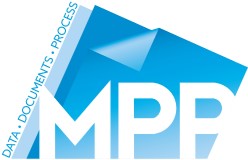How printers can be a launchpad for malware attacks – Quocirca
HP continues to shine a spotlight on print security with last years announcement of embedded print security features that aim to mitigate the threat of malware. So how...
